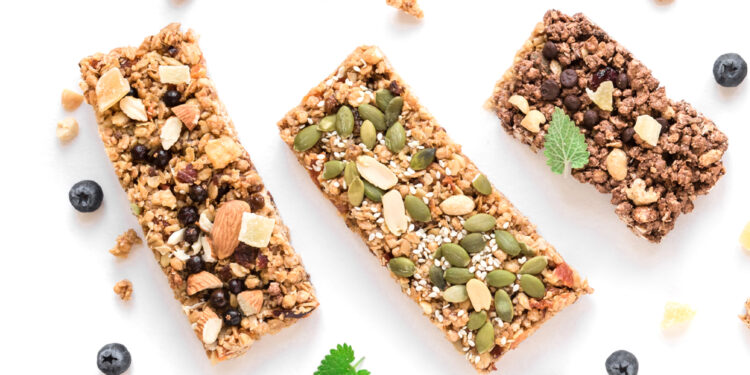Based on type, the nutritional bars market is segmented into protein bars, high-fiber bars, and others. The protein bars segment held the largest market share in 2021, whereas the high-fiber bars segment is expected to register the highest CAGR during the forecast period.
Based on category, the nutritional bars market is bifurcated into conventional and gluten-free. The conventional segment held a larger market share in 2021, and the gluten-free segment is expected to register a higher CAGR during the forecast period. The demand for conventional nutritional bars is expected to decrease in the coming years as consumers are becoming health-conscious and preferring healthy alternatives such as gluten-free nutritional bars. People allergic to gluten cannot consume conventional bars.
Based on distribution channel, the nutritional bars market is segmented into supermarkets and hypermarkets, convenience stores, online retail, and others. The online retail segment is anticipated to register the highest CAGR during the forecast period. Online retail platforms offer a wide variety of products with heavy discounts. Using these platforms, consumers can conveniently buy desirable products remotely. Additionally, home delivery service attracts many customers to shop through e-commerce platforms.
Vegan Protein Bar Market
Vegan protein bars are produced from plant sources such as vegetables and nuts. Vegan protein bars are a healthy snack, and sometimes they can replace a meal because they are packed with superfood. Vegetables, legumes, grains, nuts, and seeds are enhanced with fibers that help to improve digestion and absorption, reduce symptoms of gas and bloating, and increase motility. Vegan protein bars are low in cholesterol and saturated fats and high in healthy plant sterols that help to improve heart health.



